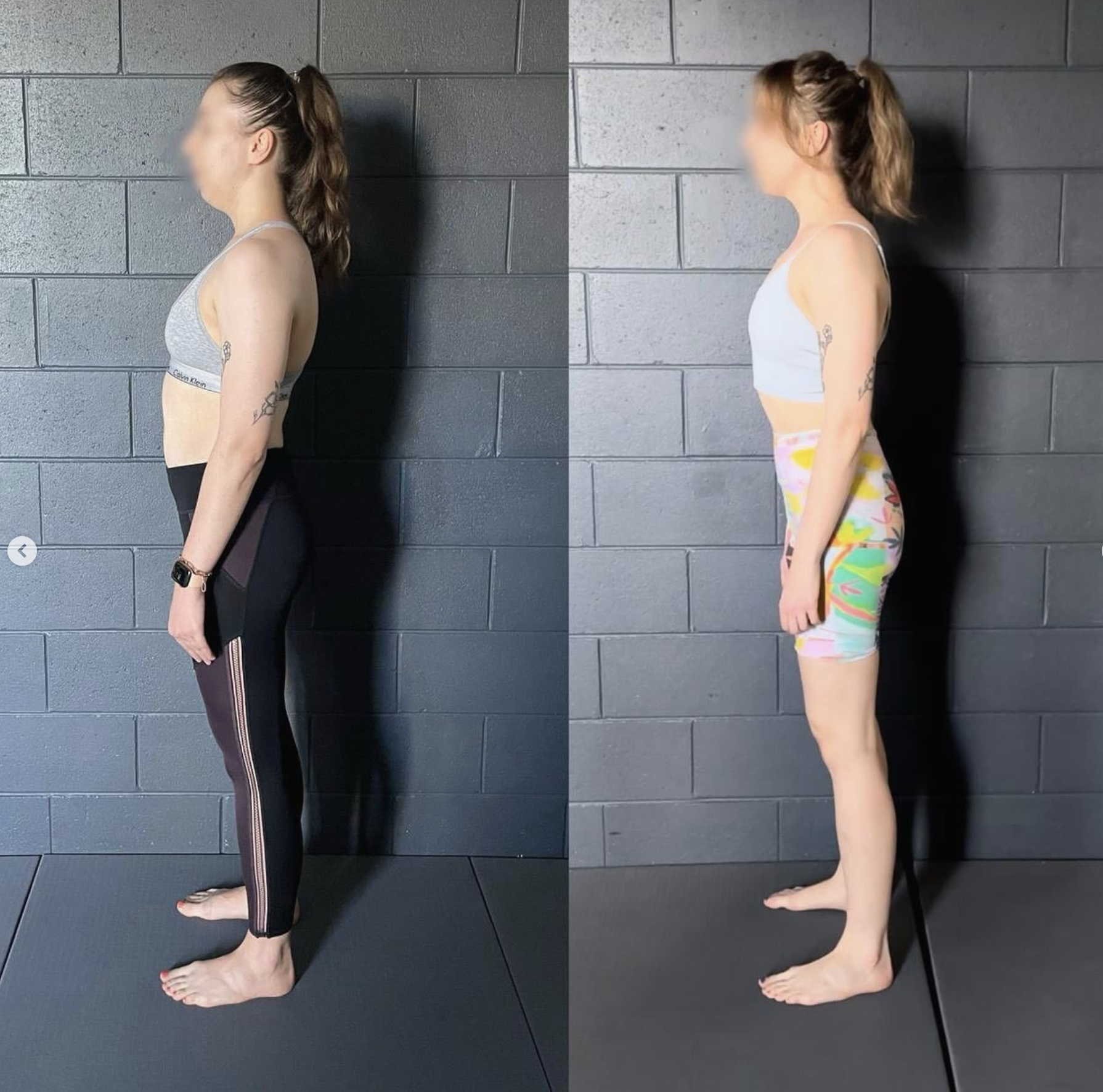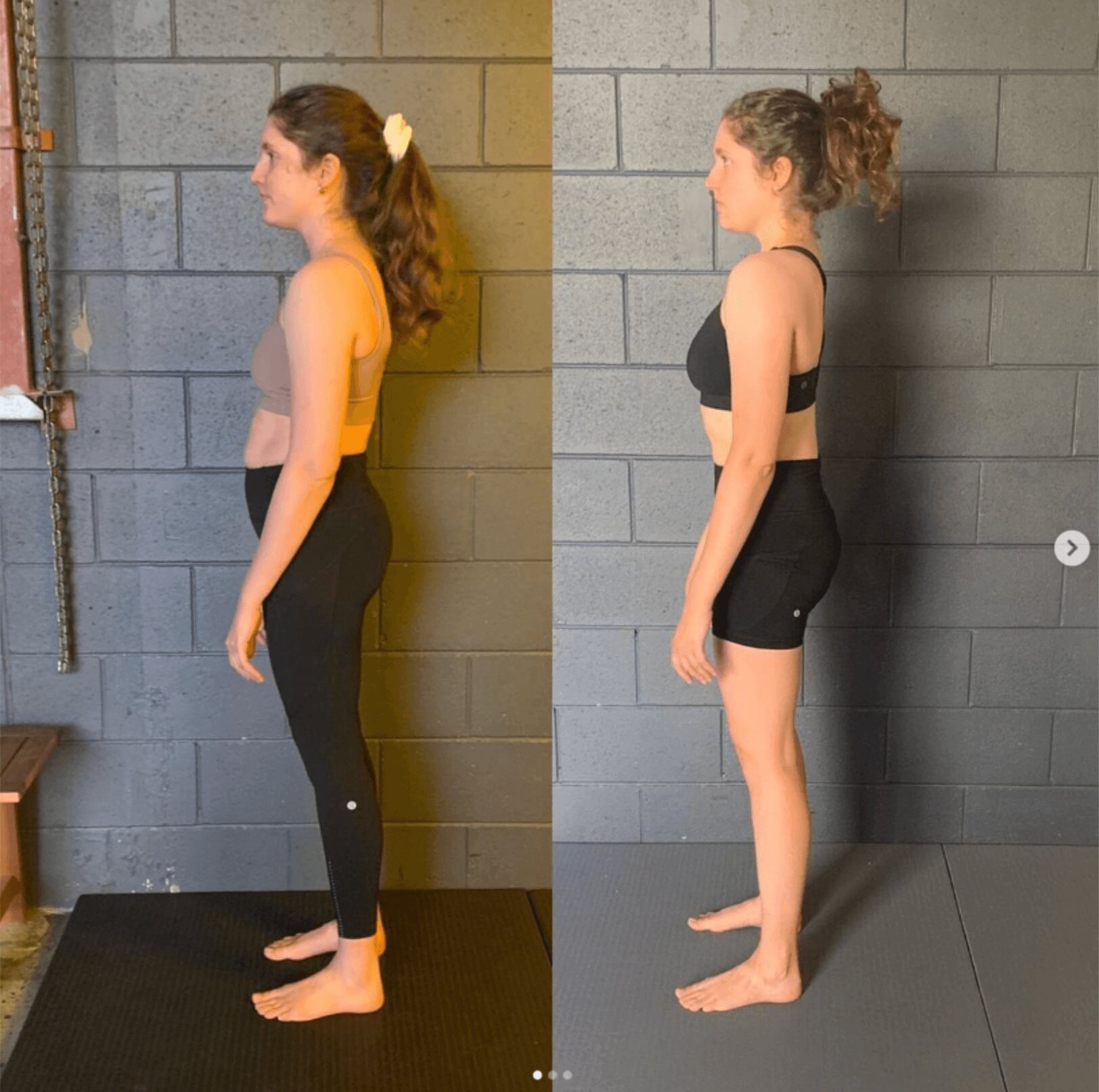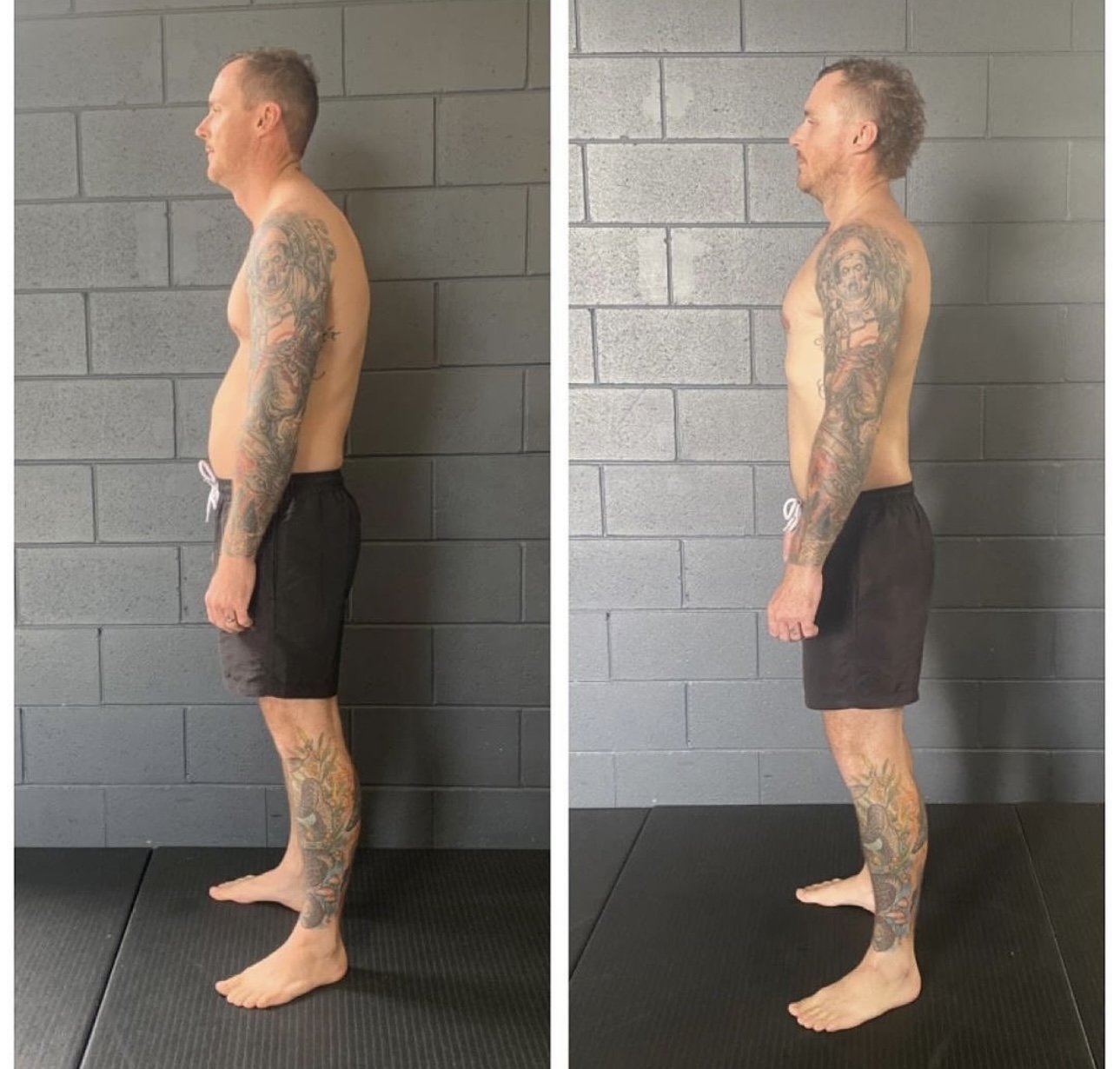Posture Workouts That Actually Work. A Complete Guide
In today’s world, we hear a lot of advice about improving posture. Most of the advice involves pulling your shoulders back, doing static stretches, or focusing on isolated exercises. But here's the truth: those cookie-cutter posture exercises aren’t designed to help your body function properly in the long run.
If you’ve tried those tips, you probably noticed your posture didn’t improve or the relief was only temporary. To truly fix your posture, you need a more comprehensive and functional approach. That’s where gait-based functional training comes in.
In this guide, I’ll explain what types of exercises will improve your posture and which ones could actually make things worse over time.
What Makes Gait-Based Functional Training Different?
Gait-based functional training focuses on how the body moves during walking (gait) and other natural movements. Traditional posture workouts that target specific muscles in isolation. This method looks at how all parts of the body work together to support your posture while in motion.
This includes everything from your core to your legs, and even your arms. The goal is to improve your body alignment and posture for better movement in everyday activities. When your body becomes integrated, not isolated, proper posture becomes the norm.
Why Generic Posture Workouts Can Make Things Worse
Stretching Without Activation: One common mistake is focusing solely on stretching without reinforcing muscle activation. While stretching might give you temporary relief, it doesn’t create lasting change in your posture. In fact, overstretching can lead to muscle imbalances and even weaken important stabilisers like your core muscles.
Isolating Muscles: Another common error is doing exercises that isolate muscles rather than integrating the whole body. Squeezing your shoulder blades without considering the rest of your body leads to compensations in your neck, lower back, and hips. Instead, your entire kinetic chain needs to work together for proper alignment.
Ignoring Functional Movement Patterns: Many common exercises, like "cat-cow" or stretching your stomach muscles, miss the main point. They neglect how your body moves and stabilises itself while walking, lifting, or standing. Focusing only on passive stretches without integrating them into your movements can lead to poor posture over time.
The Types of Posture Exercises That Work
Gait-Centric workouts to fix posture:
Your body’s alignment while walking is the key to your posture. Exercises that imitate your correct, natural walking style will greatly improve your posture over time. Posture exercises that simulate how you walk and distribute weight properly will improve your posture more effectively than isolated stretches.
Example: Lunges with correct rotation and hip hinge. This exercise helps retrain how your legs and hips engage while keeping your spine aligned. This promotes better posture during walking and hip stability.
Core and Pelvic Stability Work:
Your core muscles (not just your abs but the deeper stabilisers) play a crucial role in maintaining posture. Stabilising your pelvis and training the core to remain engaged during movement prevents compensatory patterns that lead to bad posture. Exercises that integrate the core with the rest of your body, rather than isolating it, are key.
Example: Gait based exercises focusing on going from extension to flexion while maintaining core tension.
Dynamic, Multi-Planar Movements:
Stop simply stretching your neck or trying to "squeeze" muscles into place. Instead, work on dynamic movements that challenge your body across multiple planes of motion. This helps strengthen not only your muscles but the neuromuscular connections that dictate how your body holds itself upright.
Exercises to Avoid if You Want Lasting Posture Improvement
Static Stretches to correct posture:
Stretching may help alleviate tightness for a moment, but it doesn’t fix the underlying dysfunctions. It’s especially risky to rely on stretches that passively lengthen muscles without reinforcing functional strength and alignment afterward. Stretches to improve posture often damage your bodies connection and posture longterm.
Many people have overly stretched abdominal muscles that contribute to their poor. movement patterns and posture.
Pulling Your Shoulders Back:
This classic advice doesn’t address why your shoulders are rounded in the first place. It might give you a temporary illusion of good posture, but it’s not sustainable. Over time, this can cause strain on the upper back and neck muscles, leading to more aches and pains.
Exercises That Don’t Consider Your Gait or Movement Patterns:
Any exercise that doesn’t help you move better in daily life won’t improve your posture. This includes isolated gym exercises that don’t integrate the proper postural mechanics necessary for functional movement. Exercises to strengthen back for posture should address root cause dysfunctions.
Conclusion: Focus on Function, Not Fixes
If you’re serious about improving your posture, skip the generic advice on Google. You can find countless articles about posture stretches or pulling your shoulders back that just do not help. Instead, focus on functional movement patterns that help your body work as an integrated system. By training your body to move better, you’ll not only improve your posture but also reduce chronic pain and improve your overall quality of life.
Functional Patterns has the best exercises for better posture. The method consistently showcases breathtaking posture before and after results. If you are looking for a workout for good posture, get in touch.
Final Thought: The Functional Patterns Approach
At Functional Patterns Brisbane, we specialise in helping you retrain your body through gait-based functional exercises. These movements aim to improve your posture and overall movement efficiency. If you’re tired of temporary fixes and want to build lasting postural strength, contact us for more information. Let us discuss how we can help you restore balance to your body.
Our Physical therapists have corrected posture, neck pain, poor movement patterns and more.



